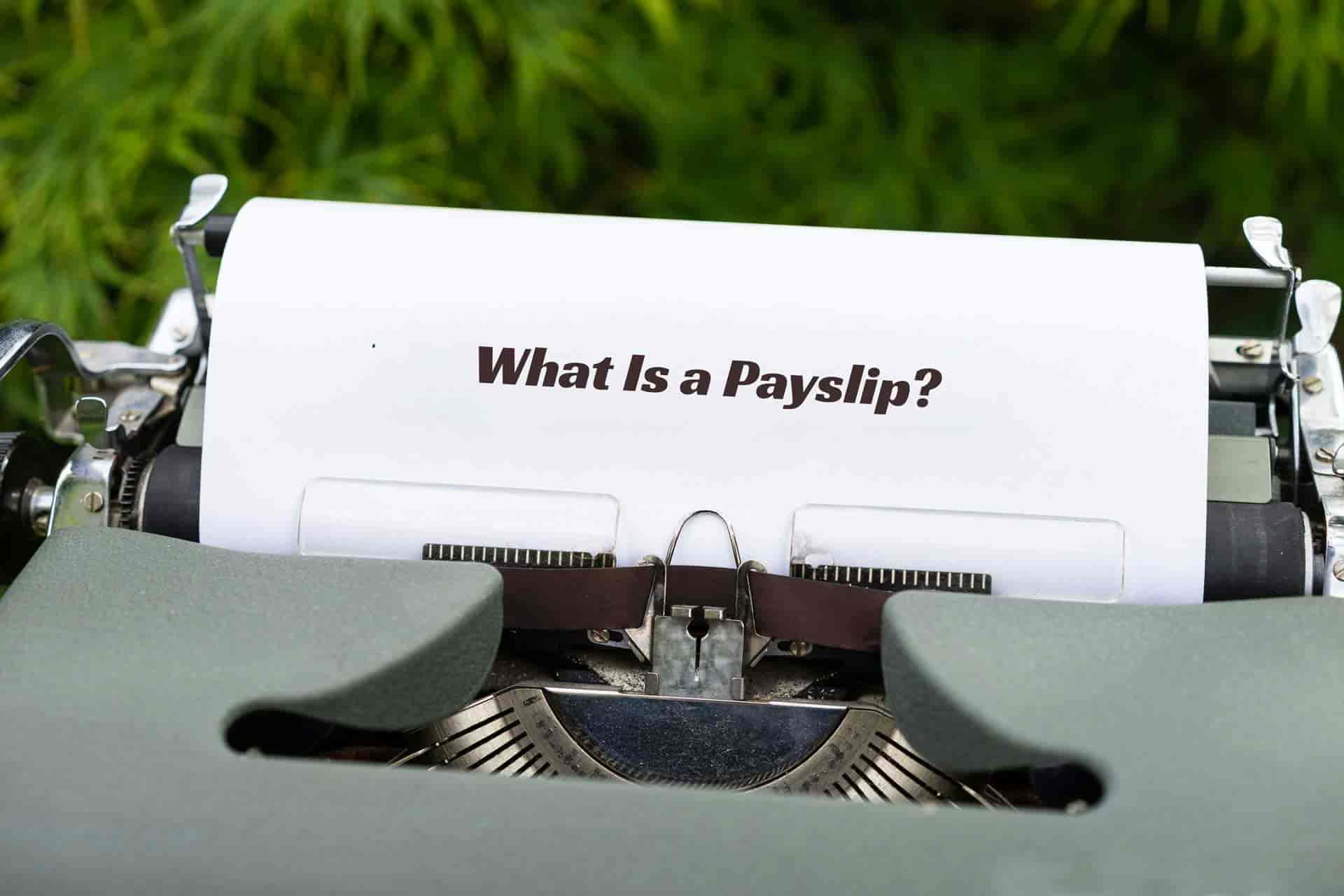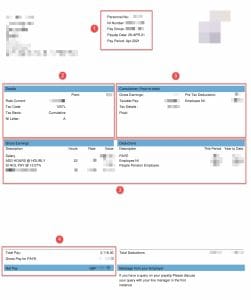Receiving your first salary in the UK is an exciting moment! But when you look at the paper or email that comes with it, called a payslip, it can be very confusing. You see many different numbers and words like “Tax” and “NI”. Don’t worry, you are not alone. This guide will help you understand your first payslip in a very simple, step by step way.
First, What Is a Payslip?
A payslip is an official document from your employer. By law, every employee must receive one. It shows how much money you have earned and what amounts have been taken out before you get your final pay.
It is a very important document. You will need it as proof of your income if you want to rent a flat or apply for a loan. It is also important for building your financial health, which is key to things like how to build a UK credit score from scratch.
How to Read Your Payslip: A Real Example
Your payslip might look different from your friend’s, but they all must show the same basic information. Seeing a real example makes things much clearer. Below is a real, anonymised UK payslip. We have numbered the main sections to help you understand what each part means.
1. Personal & Job Information: This top section shows your personal details like your employee number (Personnel No) and your unique National Insurance (NI) Number. It also shows the date for this specific payslip.
2. Tax Details: This box contains the special codes that tell your employer how to calculate your pay. The most important is your Tax Code. You will also see your NI Letter (usually ‘A’ for most people).
3. Earnings & Deductions: This is the main calculation area.
- Gross Earnings (on the left): This is all the money you earned before any deductions, including your main
Salaryand any other pay likeSick Pay. - Deductions (on the right): This is all the money that was taken out of your Gross Earnings. The most common deductions are:
- Pension: Your contribution to your workplace pension for retirement.
- PAYE (Pay As You Earn): This is your Income Tax paid to the government.
- Employee NI: This is your National Insurance contribution, which pays for things like the state pension and the NHS. For more info, you can read the official GOV.UK website.
4. Final Summary: This is the final result. It shows your Total Pay (Gross Pay), Total Deductions, and most importantly, your Net Pay. The Net Pay is the final amount of money that you will receive in your UK bank account. The calculation is simple: Gross Pay – Total Deductions = Net Pay.
5. Year to Date (YTD): This section shows the running total of your earnings and deductions for the current tax year (which runs from April 6th to April 5th). It helps you see how much you have earned and paid in tax since the start of the tax year.
Did you know?
What happens if you start a new job in the UK and you don’t have a P45 document from your last job? Your new employer might put you on an “emergency tax code”. This usually means you will pay more income tax than you need to for a short time.But don’t worry! This is only temporary. Once HMRC (the UK’s tax office) confirms your correct tax code with your employer, your tax will be adjusted automatically. You will get back any extra money you have paid in a future payslip.
A Simple Checklist for Your Payslip
Every time you get a payslip, do a quick check to make sure everything is correct.
- Check your personal details: Is your name and NI number correct?
- Check your Gross Pay: Is it the amount you expected to earn?
- Look at the deductions: Understand the main amounts for Tax and NI.
- Check your Net Pay: Does it match the money that arrived in your bank account?
- Keep it safe: Always keep your payslips in a safe place, either as a digital file or a paper copy. You may need them later.
Conclusion
Your first UK payslip can seem complicated, but it becomes much easier when you break it down. Just remember the main idea: you start with your Gross Pay, then your employer takes out Deductions (like Tax and NI), and what is left is your Net Pay.
Now that you can understand your first payslip, you have taken another important step in managing your new life in the UK, which is essential for things like registering with a GP.
Still have questions?
Drop them in the comments section. I reply to every comment. If it’s something private, just send me a message through the Contact page.


